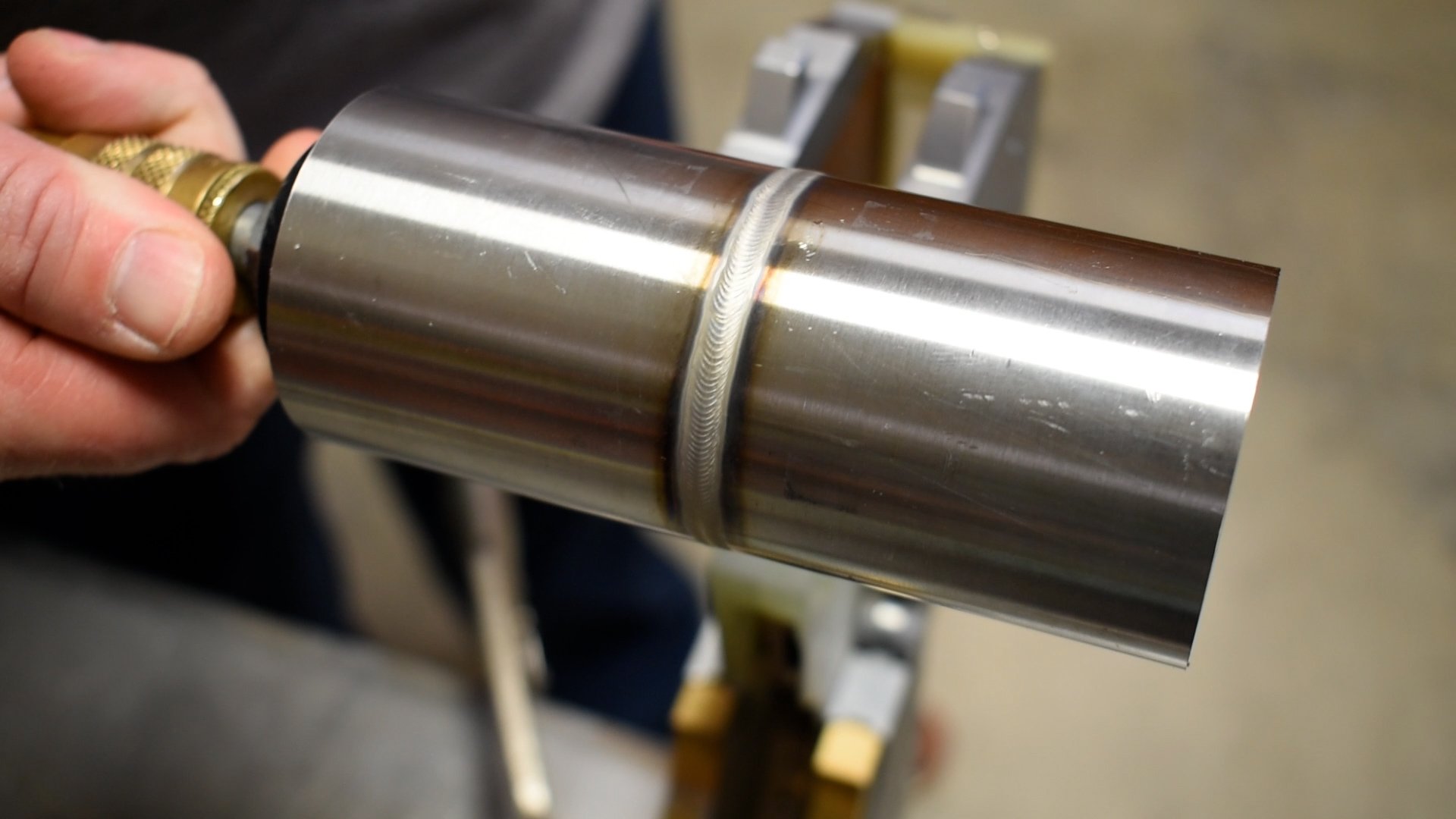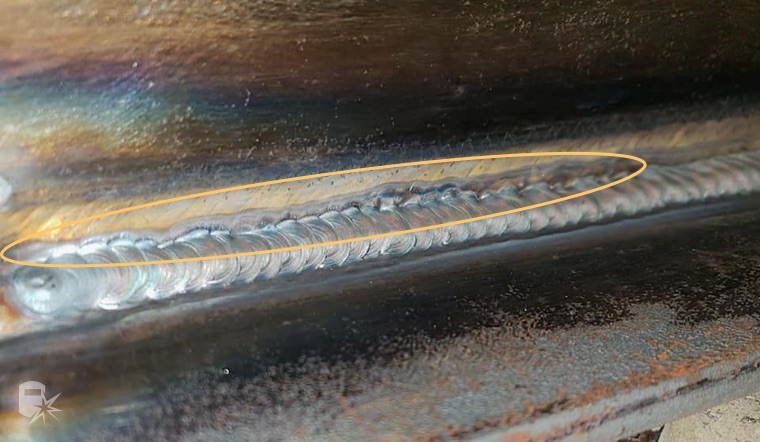Preventing Weld Undercut: Proven Techniques Every Welder Must Know
Preventing Weld Undercut: Proven Techniques Every Welder Must Know
Blog Article
A Comprehensive Overview to Identifying, Fighting, and Correcting Undercut Welding Issues in Your Welding Jobs
In the world of welding, coming across undercut problems is a common challenge that can endanger the architectural integrity and overall quality of your welding jobs. Understanding the root creates behind undercut welding, being able to accurately detect it in your welds, and applying efficient preventative procedures are important skills for any kind of welder. Furthermore, having the expertise and methods to correct undercut issues when they do happen can make a considerable difference in the final end result of your welding endeavors. Keep tuned as we discover the important parts of identifying, stopping, and taking care of undercut welding troubles, offering you with beneficial understandings and techniques to boost your welding abilities to the following degree.
Typical Root Causes Of Undercut Welding
Undercut welding, an usual problem in welding procedures, can be created by different elements that need to be thoroughly identified and resolved to guarantee the stability of the weld joint. One of the primary causes of undercut welding is extreme heat input.
One more common reason of undercut welding is improper welding technique. Poor control of the soldering iron or weapon, wrong angle or distance in between the work surface and the torch, or irregular travel speed can all add to the development of undercut. In addition, making use of the wrong welding consumables or electrode size for a particular joint configuration can result in undercut problems. Determining these source and applying rehabilitative actions is crucial in preventing and remedying undercut welding issues in welding tasks.
Identifying Undercut in Welds

To recognize undercut accurately, correct lights and magnifying devices are vital to inspect the weld joint thoroughly. Using devices such as a welding scale or a magnifying glass can aid in identifying also the tiniest undercut flaws. Furthermore, running a finger or a fingernail along the weld joint can often expose undercut, as the surface may really feel irregular or have a dip where the undercut exists.
Safety Nets for Undercut
Having a deep understanding of the reasons for undercut in welds permits for the execution of reliable safety nets to maintain weld top quality and stability. One critical preventative procedure appertains weld joint preparation. Guaranteeing that the edges are tidy, without impurities, and effectively beveled can significantly reduce the chance of undercut (Preventing weld undercut). In addition, selecting the suitable welding criteria, such as voltage, existing, and take a trip speed, is important. These settings must be optimized to protect against too much heat input, which can bring about undercut development.
Strategies for Repairing Undercut

Enhancing the welding existing or reducing the travel rate can help fill up in the undercut. Additionally, altering the welding strategy from a push to a drag or vice versa can likewise aid reduce undercut.
One more strategy is to use a weaving movement while welding to ensure appropriate sidewall blend and fill in the undercut. By oscillating the welding arc from side to side within the weld joint, the welder can deposit extra filler material into the undercut locations, effectively getting rid of the issue.
In addition, grinding out the undercut and rewelding the joint can be a practical remedy for more serious undercut concerns - Preventing weld undercut. This process includes getting rid of the undercut section, preparing the base metal, and afterwards rewelding content the joint with proper welding specifications and strategies to avoid undercut from repeating

Expert Tips for Preventing Undercut
Making use of correct welding strategies you could try this out and maintaining control over key welding criteria are crucial strategies for welders intending to protect against undercut in their weld joints. One specialist idea for preventing undercut is to guarantee proper joint prep work. This entails cleaning up the base metal thoroughly to remove any kind of contaminants that could lead to damage formation. Furthermore, choosing the proper welding process and filler steel for the details application can assist prevent undercut. Welders must likewise pay very close attention to the welding current and voltage setups, ensuring they are within the advised variety to avoid getting too hot and possible undercut. Maintaining a regular traveling speed throughout the welding process is another important pointer to protect against undercut. By relocating at a consistent speed, welders can ensure proper blend and decrease the likelihood of undercut development. Lastly, evaluating the weld bead after conclusion can assist recognize any indicators of undercut early on, enabling immediate restorative activity to be taken.
Conclusion
Finally, recognizing, preventing, and taking care of undercut welding issues in your welding tasks is crucial for guaranteeing sturdy and solid welds. Preventing weld undercut. By recognizing the usual causes of undercut, being able to identify it in welds, implementing preventive steps, and using appropriate methods for taking care of undercut, you can prevent prospective problems and produce top notch welds. Adhering to specialist ideas for preventing undercut can assist you enhance your welding skills and produce better lead to your tasks
Undercut welding, an usual concern in welding procedures, can be created by numerous aspects that need to be thoroughly identified and addressed next page to ensure the integrity of the weld joint. Additionally, running a finger or a finger nail along the weld joint can occasionally disclose undercut, as the surface may really feel irregular or have a dip where the undercut exists.
Making use of correct welding strategies and keeping control over crucial welding criteria are essential techniques for welders aiming to avoid undercut in their weld joints.In conclusion, recognizing, stopping, and repairing undercut welding problems in your welding tasks is essential for making sure resilient and strong welds. By comprehending the common reasons of undercut, being able to identify it in welds, applying preventive actions, and utilizing correct methods for taking care of undercut, you can avoid potential problems and develop premium welds.
Report this page